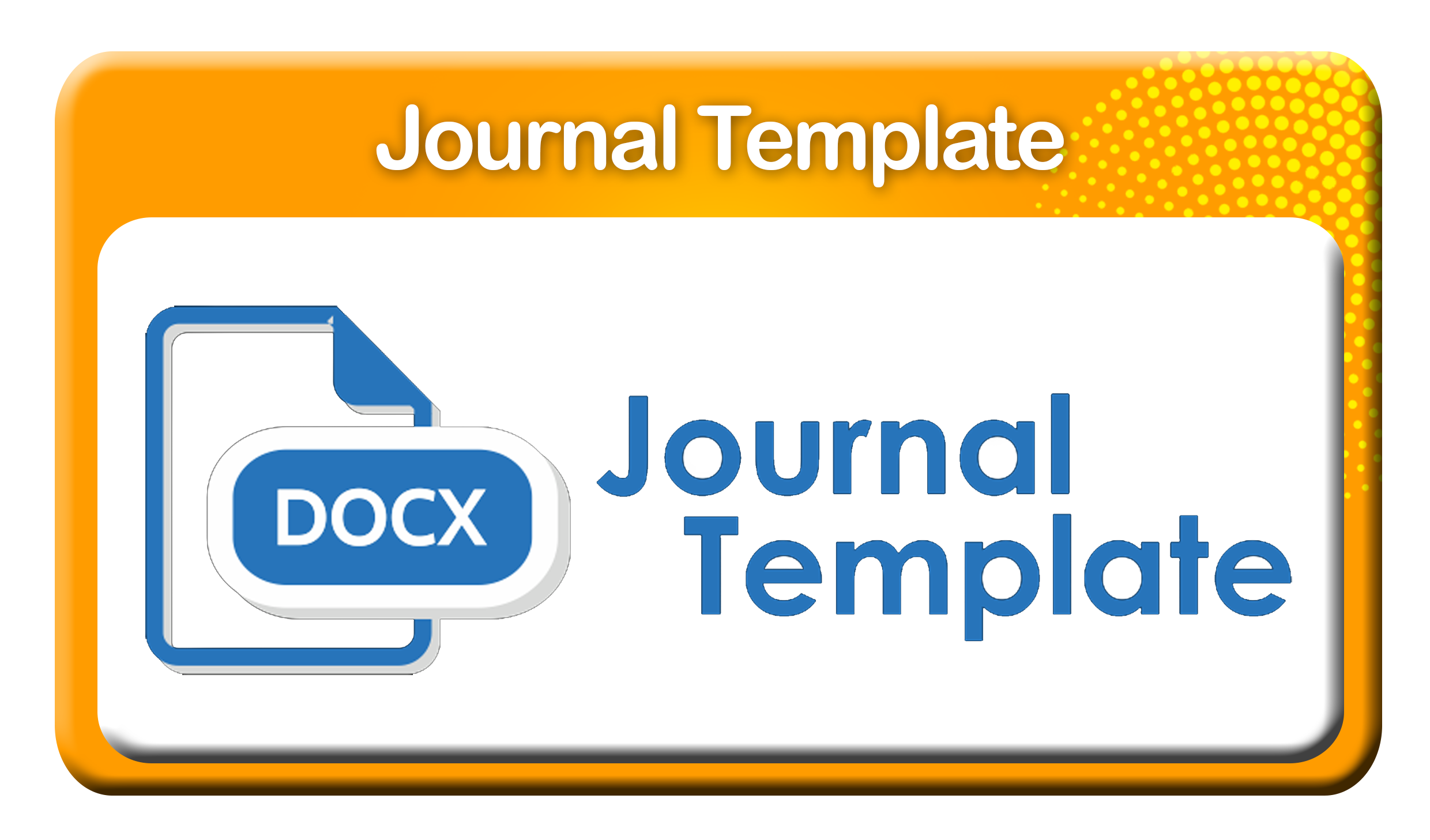IDENTIFICATION OF THE RELATIONSHIP BETWEEN BODY MASS INDEX AND HbA1c IN TYPE 2 DM PATIENTS
DOI:
https://doi.org/10.29082/IJNMS/2024/Vol8/Iss1/563Abstract
People with DM (diabetics) will generally experience obesity as a manifestation of metabolic changes in insulin and leptin hormones. The high variation in body weight and height and the many problems of controlling blood sugar levels in people with diabetes mellitus, researchers want to identify the relationship between Body Mass Index and HbA1c in Type 2 Diabetes Mellitus Patients at Bangil Hospital. This study uses correlation analytics with a cross-sectional approach to determine the relationship between body mass index and HbA1c levels in patients with type 2 diabetes mellitus at Bangil Hospital using consecutive non-random sampling techniques totalling 80 respondents. Data collection was carried out by means of laboratory examinations to see HbA1c data and blood glucose levels, while data regarding the patient's Body Mass Index (BMI) was taken by measuring body weight and height. The results of bivariate analysis conducted with the Chi-Square test approach showed that there was a significant relationship between body mass index and HbA1c (p-value = 0.000; α < 0.05). HbA1c is the gold standard for assessing blood glucose homeostasis. HbA1c is a single accurate test to assess long-term glycaemic status and is useful in all types of DM. One of the efforts that can be done to reduce blood glucose levels is by achieving good nutritional status through BMI.
Downloads
Downloads
Published
Issue
Section
License
Authors who publish with IJNMS agree to the following terms
- Authors retain copyright licensed under a Creative Commons Attribution-ShareAlike 4.0 International License that allows others to share the work non-commercially with an acknowledgement of the work's authorship and initial publication in this journal.
- Authors are permitted and encouraged to post their work online (e.g., in institutional repositories or on their website) prior to and during the submission process, as it can lead to productive exchanges, as well as earlier and greater citation of published work (See The Effect of Open Access). Authors can archive pre-print and post-print or publisher's version/PDF.









_IJNMS.png)






